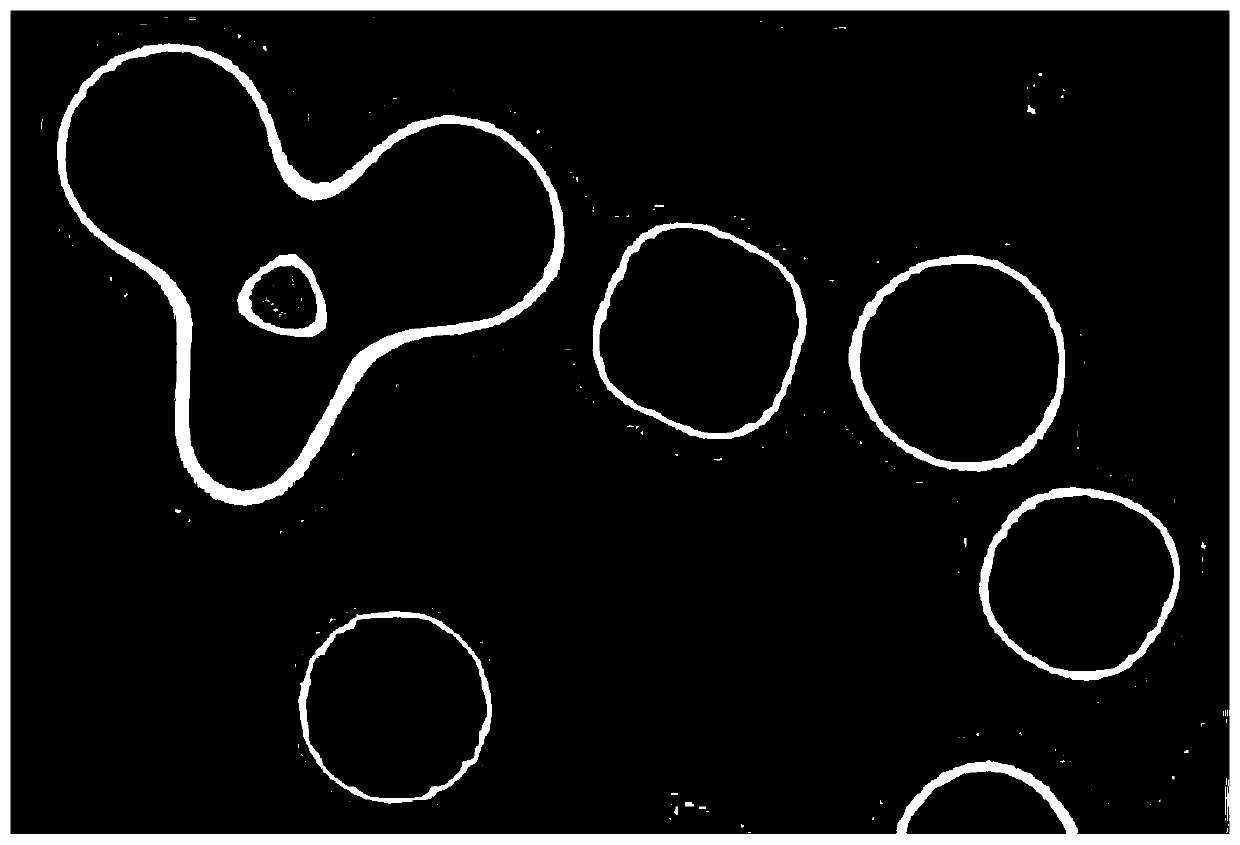Iron-based sodium-ion battery positive electrode material and preparation method thereof
A sodium ion battery and cathode material technology, which is applied in battery electrodes, secondary batteries, chemical instruments and methods, etc., can solve the problem that the electrochemical performance of polyanionic sodium ferric sulfate cathode material is not significant, and the sodium storage capacity cannot be obtained. , cycle stability, high rate performance, low conductivity of the surface carbon coating layer, etc., to achieve the effect of improving cycle stability, inhibiting oxidation and the formation of impurity phases, and easy control of mass percentage
- Summary
- Abstract
- Description
- Claims
- Application Information
AI Technical Summary
Problems solved by technology
Method used
Image
Examples
Embodiment 1
[0039] Embodiment 1: prepare sodium ion battery positive pole with Na 3 Fe 2 (SO 4 ) 3 F / CNF cathode material
[0040] 1. Vacuum-dry ferrous sulfate heptahydrate in an oven at 200°C for 10 hours to obtain anhydrous ferrous sulfate.
[0041] 2. Weigh 0.4675g of sodium sulfate, 1.00g of anhydrous ferrous sulfate, 0.1379g of sodium fluoride and 0.0803g (5wt%) of carbon fiber, add them to a 50mL zirconia ball mill jar, add 34g of zirconia balls, set the ball The material ratio is 20:1, filled with argon protection, and ball milled. The rotation rate of the ball mill is 200r / min, the revolution rate is 500r / min, and the ball milling time is 6h.
[0042] 3. Transfer the ball-milled composite precursor to a tube furnace, heat-treat it under an argon protective atmosphere, and calcinate it at 350°C for 5 hours, and grind the calcined product into powder to obtain a composite material containing 5% carbon fiber. for Na 3 Fe 2 (SO 4 ) 3 F / CNF-5% cathode material.
[0043] fig...
Embodiment 2
[0046] Embodiment 2: Preparation of sodium ion button cell
[0047] Weigh Na according to the mass ratio of 8:1:1 3 Fe 2 (SO 4 ) 3 F / CNF-5% positive electrode material 0.8g, conductive carbon material (acetylene black) 0.1g and binder (polyvinylidene fluoride) 0.1g, uniformly dispersed in N-methylpyrrolidone solvent, the mixed slurry obtained is uniform Coated on an aluminum foil, dried in vacuum at 120° C. for 10 h to obtain a positive electrode sheet. Take the metal sodium sheet as the counter electrode, and place it in the CR2032 button battery in the order of the positive pole piece, the diaphragm, the counter electrode, the gasket and the shrapnel, add sodium perchlorate as the solute, and propylene carbonate as the solvent. The electrolyte solution is 1mol / L, and the sodium ion button battery is obtained after packaging.
[0048] Figure 4-6 Respectively, the electrochemical performance curves of the button cell under the potential window of 2.0-4.5V. in, Figure...
PUM
| Property | Measurement | Unit |
|---|---|---|
| quality score | aaaaa | aaaaa |
Abstract
Description
Claims
Application Information
 Login to View More
Login to View More - R&D
- Intellectual Property
- Life Sciences
- Materials
- Tech Scout
- Unparalleled Data Quality
- Higher Quality Content
- 60% Fewer Hallucinations
Browse by: Latest US Patents, China's latest patents, Technical Efficacy Thesaurus, Application Domain, Technology Topic, Popular Technical Reports.
© 2025 PatSnap. All rights reserved.Legal|Privacy policy|Modern Slavery Act Transparency Statement|Sitemap|About US| Contact US: help@patsnap.com



